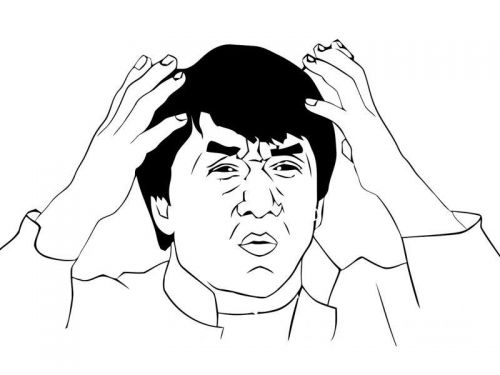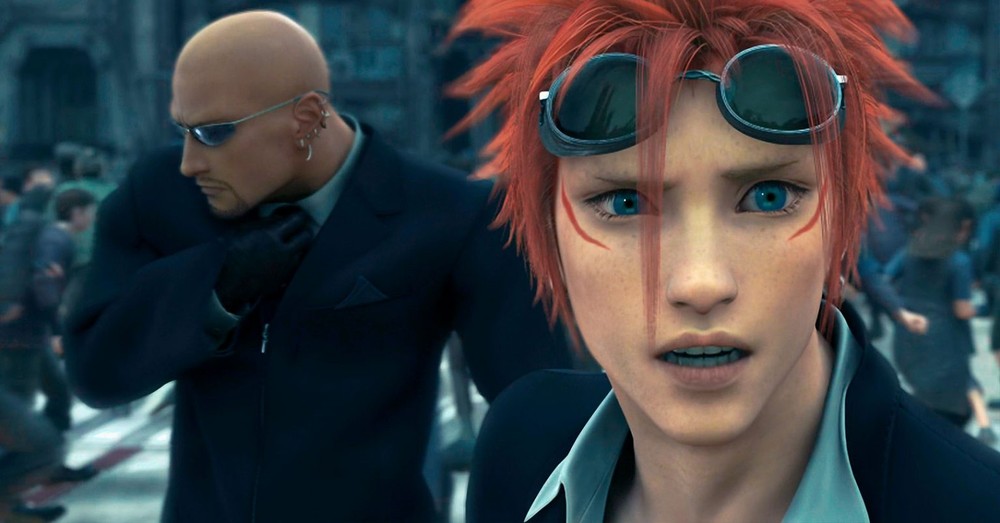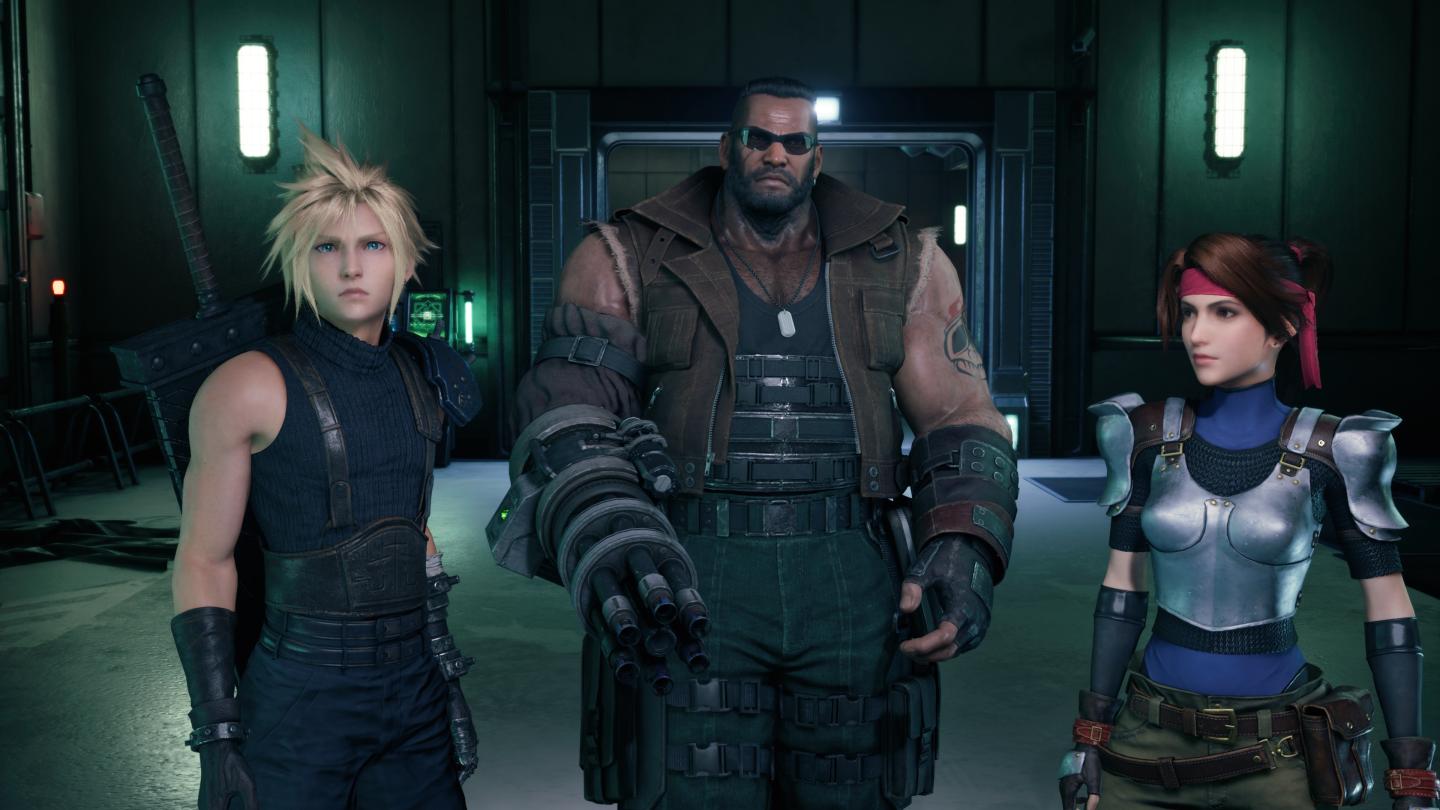People should also keep in mind that different things are more or less noticeable to different people. For example the change from 30 FPS to 60 FPS or 60 FPS to 120 FPS is a far and away significantly more visible and affects the IQ of a game more-so than the vast majority of RT implementations in games.
That said, to say RT isn't noticeable to me would be an untruth. But if the cost of enabling RT in game is that the game in motion becomes worse due to the impact on framerate then it becomes a situation where I can enable one thing to make the game look better but at the same time it's also making the game look worse.
And then there's the various temporal upsampling techniques which can help with the performance issue but then introduce (to me) extremely annoying rendering artifacts that my visual system just cannot ignore. So again, it's adding one thing to address something but in the process introduces other less desirable things.
For others, motion resolution and clarity are far less important compared to static resolution or additional effects. In such cases those people see perceive the game in a different way from how I perceive it.
It helps if people can just accept that everyone (or at least most people) eventually wants RT, everyone eventually wants high framerates that are consistent (or at least most people), everyone eventually wants HDR ... etc. etc. But each individual person has to justify how valuable each individual thing is when balanced against another individual thing.
And thus we end up with people saying 30 FPS is good enough or 30 FPS is horse dookey or current implementations of RT is incredibly impactful or current implementations of RT is minimally impactful ... etc. etc.
No-one is wrong, but I think people fail to understand that not everyone perceives games the same way and thus everyone has a different opinion on just about everything.

Regards,
SB





